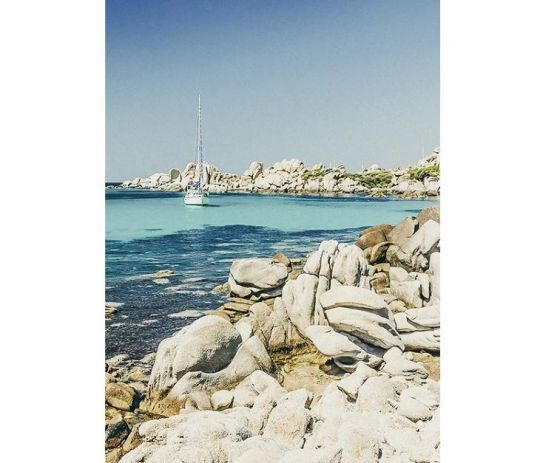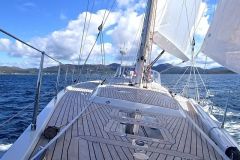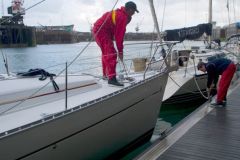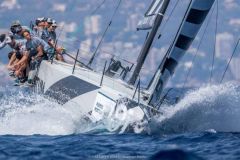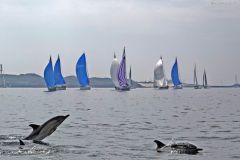Because theory is essential, but putting it into practice is always better, Des Milles et des Vents offers an itinerant sailing school, training students to sail independently. Every summer, trainees embark on a major "Odyssey" in the Mediterranean, complemented by themed courses the rest of the year aboard Scopoli, a 2002 Sun Odyssey 43. It's a comfortable boat, with good walkability, that can go a long way! Tristan Terisse, captain and head trainer, answers our questions.
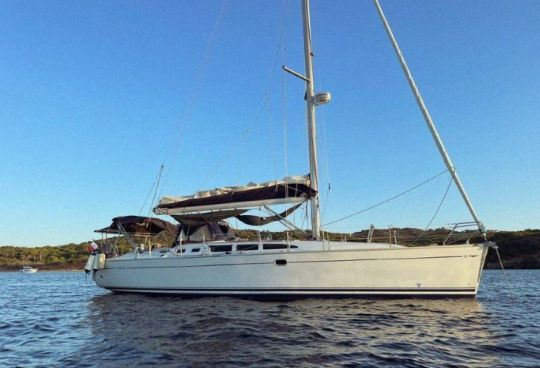
What are the fundamental values guiding the teaching of Des Milles et des Vents and what is your pedagogical approach to learning to sail?
The sailing school accompanies sailors at every stage, from initiation to improvement, facilitating their progress towards autonomy. Its simple, clear teaching methods demystify a sport that can sometimes be a source of apprehension, while emphasizing mutual respect, thus creating a learning environment imbued with confidence. Sailing goes beyond the technical to encompass human, cultural and poetic dimensions. Seeing trainees live fully in the moment on the water, leaving their worries behind, is a source of satisfaction. The experience is immersive, eliminating any possibility of boredom.
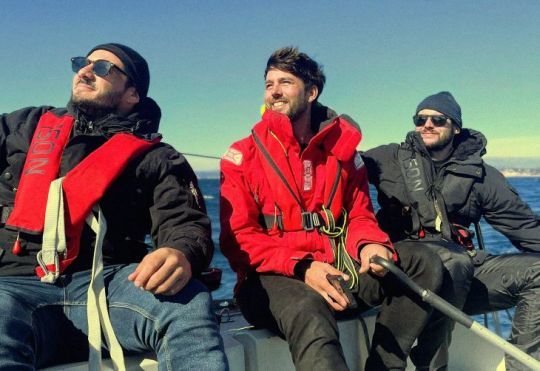
The itinerant method combines travel, discovery and the acquisition of nautical skills to understand the marine environment. The multi-disciplinary school offers themed courses with specialists, enabling participants to explore various fields such as cetacean observation, coastal formation and preservation issues, guided by a marine biologist. Other proposals include dropping climbers off at the foot of cliffs during a sailing course, accompanying cyclists on a carbon-free road trip in Corsica, or onboard Wing foil sessions.
Currently in the process of obtaining the "Coach Plaisance" label from the Fédération Française de Voile, the school will join a network enabling validation of federal levels.
Why did you choose a Sun Odyssey 43?
Jeanneau yachts of this era have a good reputation and are good walkers. The boat has the same hull as the Sun Fast and sails well, even in light airs. The boat has no excessive list and handles waves well, which helps to dispel some recurring apprehensions among neophytes, and provides a much greater sense of security than on a 10-meter sailboat.
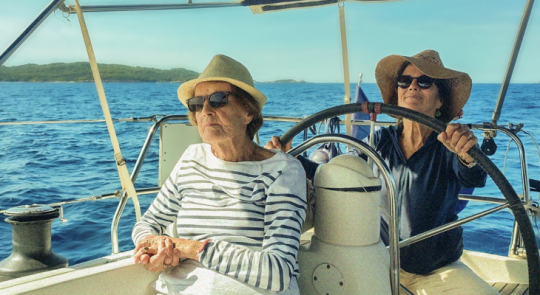
I was looking for a sailboat designed to go far, with enough autonomy to envisage long voyages. But also a boat big enough to organize all kinds of events and courses on a variety of themes. This size of boat is not the most common in sailing schools. Equipped with large cockpits and two steering wheels, they are more likely to be found in harbors and on charter. That's why I think it's a good idea to get people into boats on which they'll have to sail some of the time. From then on, size won't be an issue: once you know how to maneuver a large boat, you'll know how to do the same on smaller ones!
Thanks to the Scopoli, both trainees and instructors can enjoy a certain level of comfort, which is not always the case in most sailing schools (where trainees sometimes sleep in the saloon or the instructor on deck, with the boat quickly resembling a student flat-share).
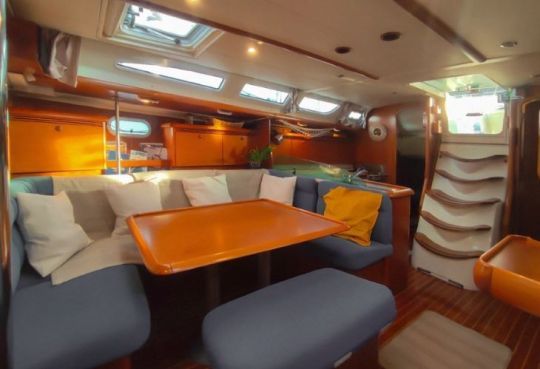
Being an architect by training and interested in lifestyles, I also wanted to show all aspects of life on board, which is a real cruising subject. This sailboat is a place of appropriation and life, as well as a travel machine! Comfort is one of the parameters of sailing that can put landlubbers off. So we wanted to attract the more chilly sailors to the sea, by offering them a pleasant on-board experience, and thus abandon the image of a sailboat where you have to be a hard worker, where it's humid, where you sleep badly, and where you eat canned corn.
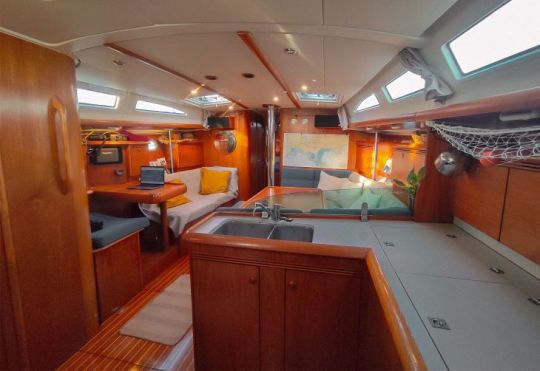
What are the different itineraries and themes covered by the specialized courses you offer? Are there any pre-requisites?
The question of levels in sailing is a tricky one, because depending on the student and the evaluator, it's difficult to be objective and have the same evaluation grids. So our priority is to individualize trainee expectations as much as possible, adapting to each person's level. This involves a great deal of communication and debriefing before and after the course, to ensure that we fully understand each person's personal objectives and concerns. Sailing courses last only several days, so trainees will have the feeling of having anchored their knowledge.

We have divided our courses into 3 broad themes:
-
The "Littoral" course, designed for beginners and advanced sailors, from first tacks to spinnaker hoists. Federation levels 1 and 2.
-
The "Jeune Capt'ain" (Young Capt'n) course is designed to help multi-skilled crew members achieve a certain level of autonomy and onboard management. FFVoile levels 3 and 4.
-
The "La Grande Bleue" courses are designed for people who want to experience longer offshore cruises. You'll need a little experience, but more than just technical experience, it's about getting to know your condition and behavior on the water. It's also a course that will enable people who are already self-sufficient but a little apprehensive about making their first crossing on their boat, to do so in complete autonomy, but accompanied by a professional who will validate their choices.
We're fortunate to operate in an exceptional setting. Le Scopoli is in Saint Mandrier, just a stone's throw from Toulon, so it's very easy to get to. Its playground lies between Porquerolles and Port Cros, all the way to the Calanques de Cassis. On a classic 3 or 4-day course, we have time to learn in a particularly beautiful and windy context. The Mistral is less strong than in Marseille, and the easterly wind more regular. Depending on one or the other, we decide on our destination, which is bound to be an interesting itinerary and a protected natural area.
What can we learn from our summer tours?
The Odysseys are journeys that invite you to join the Scopoli on its peregrinations. This year, he will spend 3 months touring Corsica, Sardinia and the Balearic Islands.

The advantage of these cruises is that you really do travel, without having to retrace your steps. This gives you more time to discover a region and its coastline, without having to retrace your steps. We've also kept things simple by choosing embarkation and disembarkation points that are easy to reach, with a major port or airport nearby.
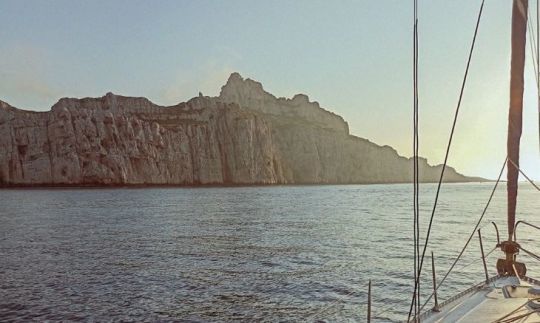
For me, these little adventures represent the very essence of sailing. We take courses and train to be able to travel and discover the world through a ship propelled by the wind! I think it's a desirable future for tourism in the years to come, and a wonderful way to travel in harmony with the elements and in a respectful way.
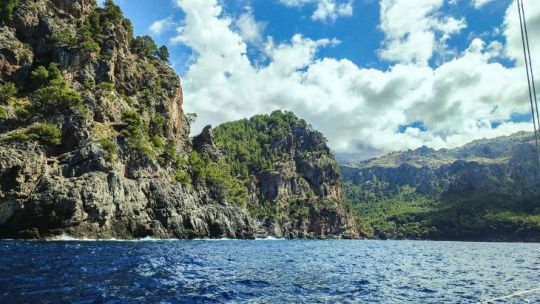
Unlike more personal courses, bookings for the Odyssées are made as a family or with friends, and once again we adapt to each person's expectations and objectives: for some, it will be an introduction to the simple pleasures of sailing, wild anchorages, and an improvement in navigation and maneuvers. For others, it's a chance to take cruising completely in hand, before embarking on the project of buying or chartering a sailboat. It's an excellent way to acquire autonomy with a professional who confirms your habits as a skipper.
Can you describe a typical day?
No two days are alike, and the weather is constantly changing. A normal day generally begins with a briefing over a hearty breakfast to assess the progress of the training and everyone's objectives. This allows me to adapt. We also discuss the division of tasks, with each person given responsibility for a specific mission (daily boat checks, weather, navigation, anchoring, etc.), followed by a short theoretical talk on a subject covered during the day (spinnaker, trunk handling, etc.). Once you've left the anchorage, the stations rotate and you take your time to work out the details of the maneuvers, whether you're sailing solo or with a crew. Those looking for autonomy can take charge of the crew, safety and navigation choices.
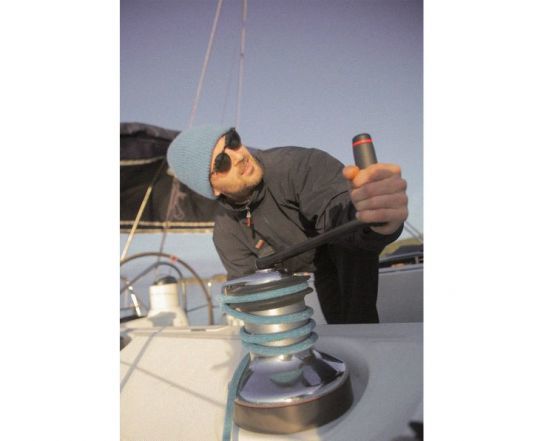
At the end of the day, we analyze the navigation and come back to what needs to be explained so that the knowledge is well anchored. We prepare the evening meal, which is an important shared pleasure on the Scopoli. At each stopover, a tasting session is organized to highlight local products, offering the opportunity to prepare and then enjoy typical recipes. This year, for example, we'll be savoring eggplants bonifacienne, Malloreddus al ragu sarde, or Trempo Majorquine.
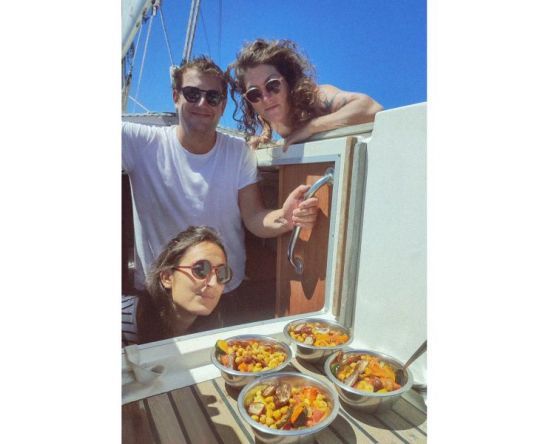
Who is the autonomy certificate for, and what can you expect from it?
The Autonomy Certificate is for everyone, whether you're a complete beginner or already have some sailing experience. It is suitable for people motivated by the search for autonomy and with the desire to buy a sailboat or charter one as a family.
As for me, I started learning to sail on my own. My first experience as a skipper was ferrying my first sailboat, a newly purchased 1989 Gib Sea 35 Master, 60 miles. It was epic, I was scared, but it was also very exhilarating! Not everyone is lucky enough to have a sailboat on which to learn by doing. By giving sailing lessons, I've developed a real interest in helping people to become independent. Teaching them the right moves right from the start, so that they can experience their own adventures in complete safety.
In just 21 days, this certificate enables you to acquire the basic navigation and safety skills needed to rent a sailboat during the day in fine weather. The 4-student format means that each student can be autonomous for a good part of the day. The course is made up of 4 UC (units of competence), and in our opinion, it provides a good basis for a serene start to sailing.
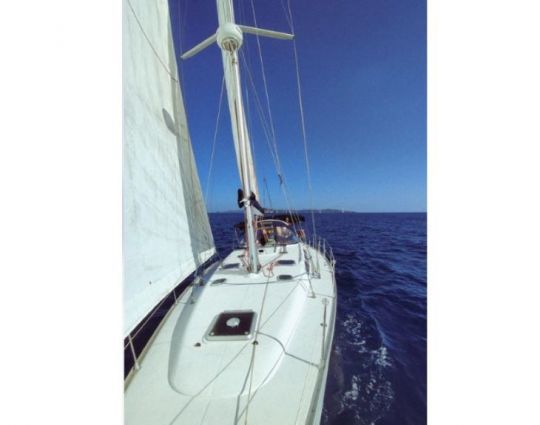
Can you share an experience or a memorable moment on the water?
It's hard to choose just one! Between the breath of sperm whales that accompany us offshore at night, the waterspouts, the tarts tatins in 35 knots, the encounters...
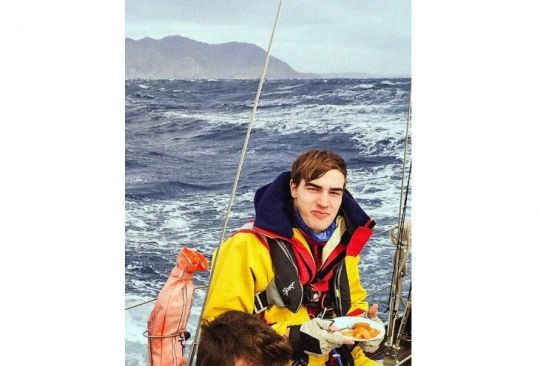
I think one of the moments that particularly amazed me about sailing was the day after a crossing in absolute darkness. We were tired, with that slight apprehension on arrival, of dropping anchor blindly in a deserted and alien anchorage, a landscape without contour. We woke up the next day in a completely unknown and unexpected place, a wild and sumptuous cove. I really felt as if I'd been transported in my sleep, with the stingrays wishing us good morning.
